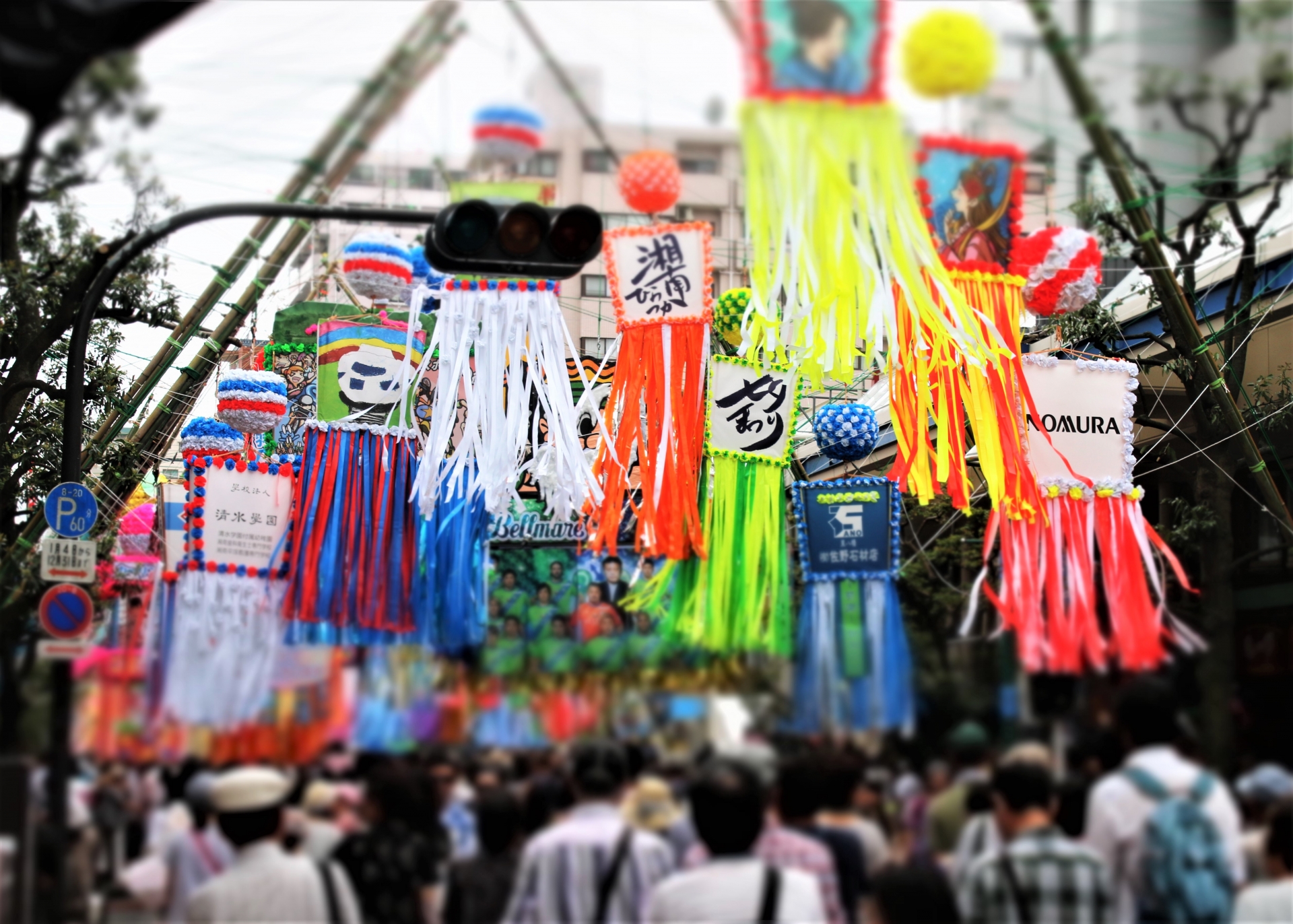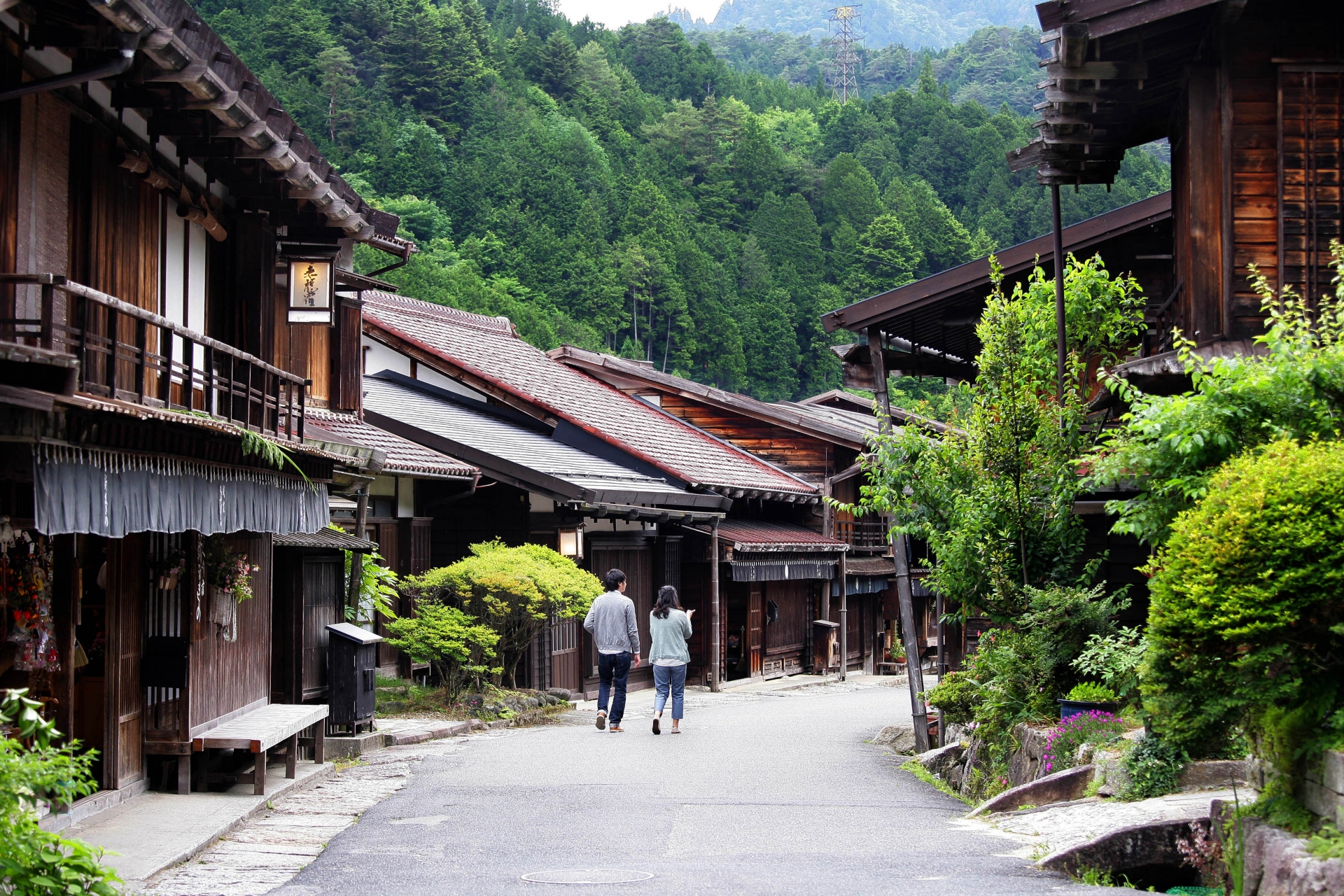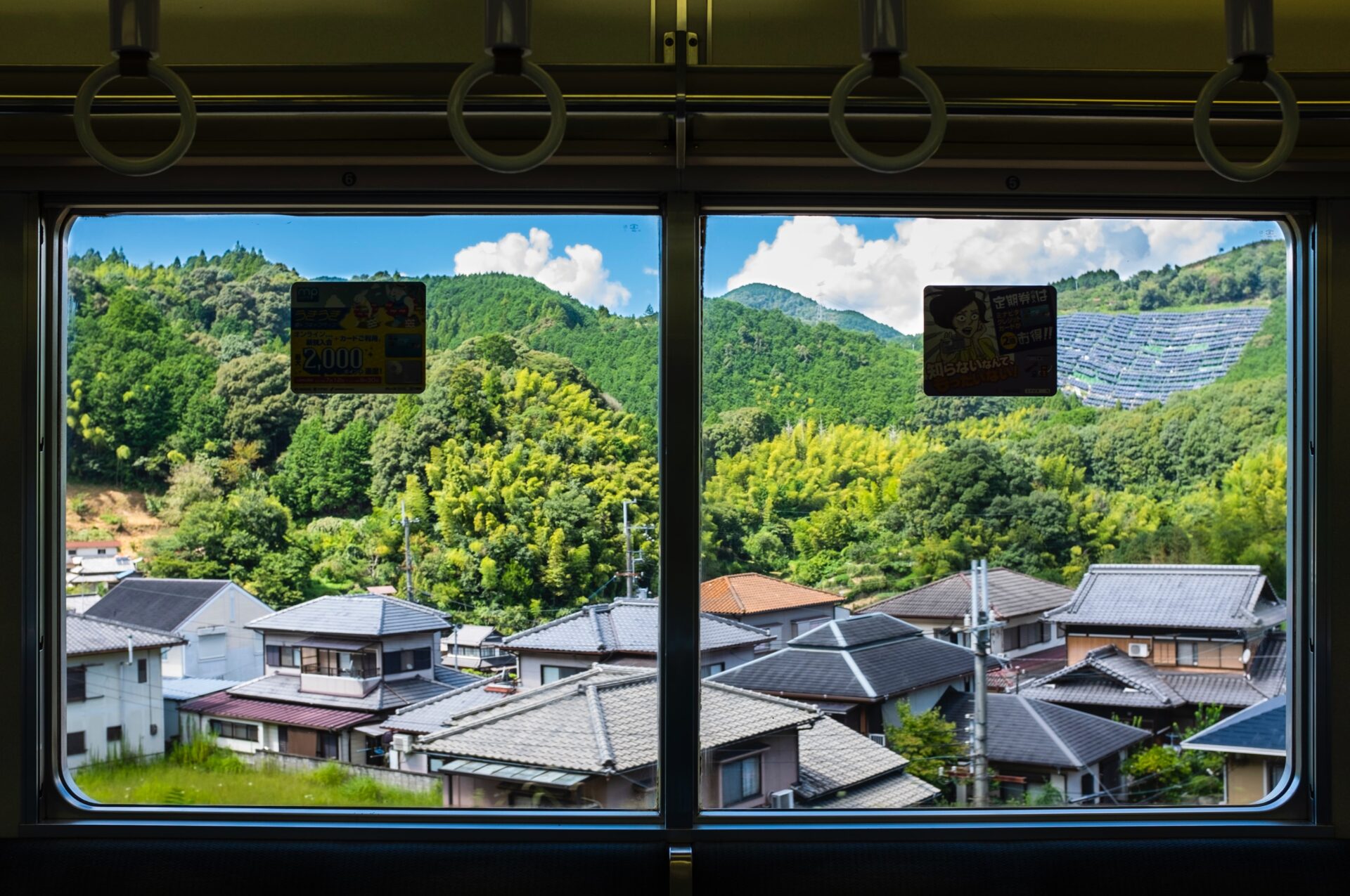
Stefanie Akkerman moved from the Netherlands to Japan in 2013 with her Japanese husband and son. She jumped into the niche of Dutch tour guiding in Tokyo and Kamakura in 2015 and occasionally writes articles about all the great sights and activities Japan has to offer. She loves (Japanese) food, and to work that all off she goes diving, snorkeling, cycling, or hiking.
This post may contain some affiliate links. When you click through and make a purchase we may receive some commission, at no extra cost to you.
Japan has many beautiful old legends, but not all of them get their very own festival. The story of two star-crossed lovers called Orihime and Hikoboshi, however, does have a matsuri that revolves around the beautiful but sad tale. It is called the Tanabata festival or Star festival, and it is held in July and August throughout Japan, one of the many national holidays and events held in Japan! Let’s learn more about the history and customs of the summer festivities, and of course about the story itself!
What is Tanabata?
Tanabata is an annual event that is generally celebrated on July 7th every year in Japan. In some areas, Tanabata is celebrated according to the old Japanese calendar which is in August.
On this day, people hang colorful papers where their wishes are written on bamboo branches. It’s based on the legend of Orihime and Hikoboshi and represents two stars, Vega and Altair.
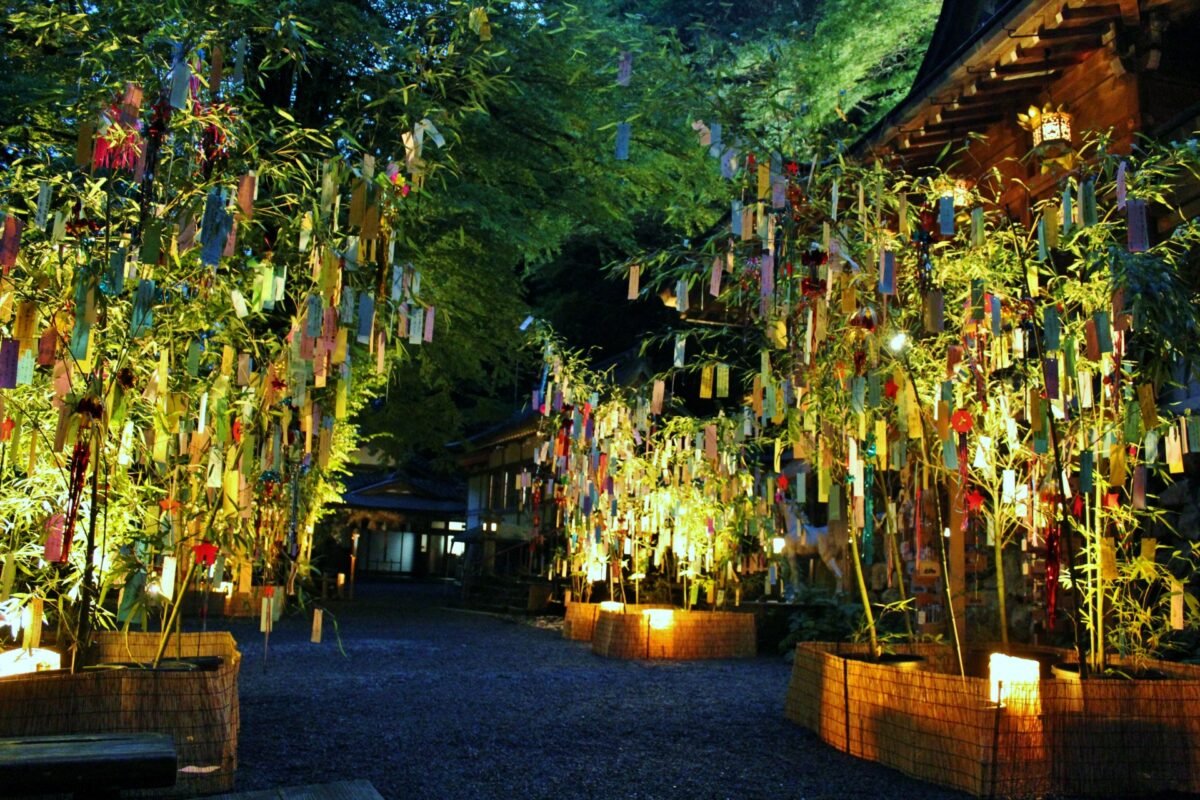
History of Tanabata
The history of the Tanabata festival goes back many centuries. Its origins lie in a Chinese festival called Qixi, and it was Empress Koken who introduced the festival to Japan in 755. Qixi came from the worship of astrology, and the story is about two stars that are visible in the 7th month, Vega and Altair. They came to symbolize a woman and a man, and from there the story, which is very similar to Chinese mythology as it is when it became a part of Japanese mythology, developed into an emotional love story.
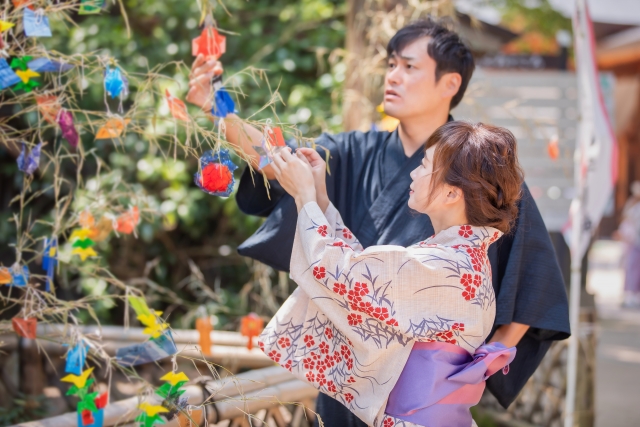
Japan is not the only country with a similar festival to Qixi, as Korea and Vietnam both have their own versions as well. Tanabata was adopted in Kyoto’s Imperial Court during the Heian Period (8th-12th century), the first period in which Kyoto was Japan’s capital. But it was only in the Edo Period (17th-19th century) that the festival gained popularity among all social classes. This is also when it became the festival as we know it today.
Nowadays’ the festival is a mixture of the original traditions with Bon traditions, which is a Buddhist custom in which ancestors’ spirits are invited back to the earthly plane for a few days to be together once more. There are also some Shinto rituals in the mix, as the festival partly merged with a Shinto purification ritual in which they pray for the protection of their rice crops and a bountiful harvest. This mixing of traditional Chinese, Buddhist, and Shinto traditions happened often, creating a uniquely Japanese version of the traditions. The fusion of Shinto beliefs and rituals with Buddhist traditions and concepts is known as shinbutsu-shugo.
The story of Orihime and Hikoboshi
Let’s get into the story of the Tanabata festival’s heroes: Orihime (the girl) and Hikoboshi (the boy). It’s a bit of a tear-jerker, but it is also very beautiful. Orihime, the daughter of the Universe, is a weaver who works very hard on the river side of the Milky Way river. She creates many beautiful clothes, and her father is very happy with her hard work. But something is missing in Orihime’s life, and she longs for someone to love.
Her father feels sorry for her and arranges for her to meet a boy from the other side of the river. His name is Hikoboshi, who was a cowherd, and when they met they fell head over heels for each other. They get married, and they are happy but they start to neglect their work. Orihime no longer weaves her pretty clothes, and the cows start to stray in Heaven. This angers the Universe, and he splits up the couple on different sides of the Milky Way and forbids them to meet.
Orihime is so sad to be separated from her husband that she begs her father to let her see him. He again feels sorry for her, and he allows them to meet once a year on the 7th day of the 7th month after she finishes her weaving work. At first, Orihime and Hikoboshi can’t cross the river, but when Orihime starts to cry a group of birds come to the rescue and create a bridge for her to cross the river and meet her beloved husband again. However, if it rains on the 7th day of the 7th month, unfortunately, they can’t meet because the birds can’t come, and in that case, they have to wait another year. So if it rains on Tanabata the Japanese call it ‘the tears of Orihime and Hikoboshi.
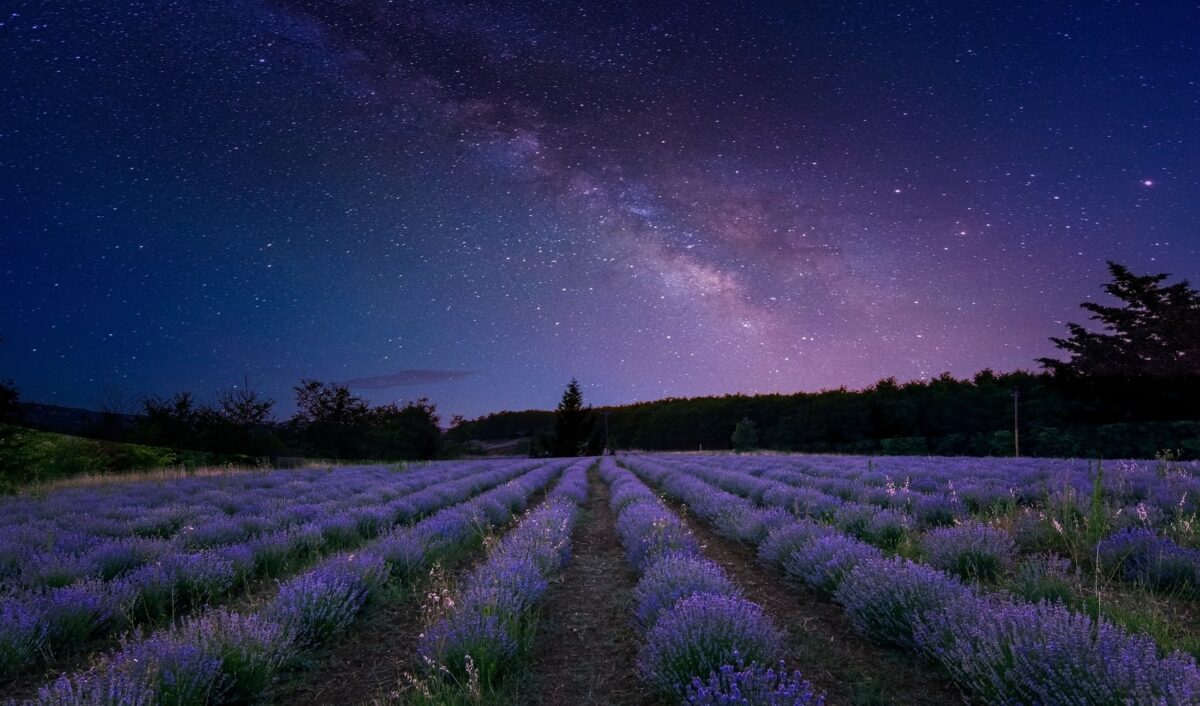
Customs of Tanabata
The date on which the Tanabata festivities are held varies per region in Japan. Some areas celebrate it on July 7th as this is the 7th day of the 7th month in the Gregorian calendar, but other areas stick to the more traditional lunar calendar and celebrate it around August 7th. And to make it more complicated, there are also some areas that stick to the traditional Japanese lunisolar calendar. They celebrate Tanabata on different dates in August, depending on the year.
So if you come to Japan in July or August, you should keep an eye out for the colorful banners of Tanabata as you are likely to run into them. If you do one of our private tours, the guide can surely point out the decorations to you.
So what are typical activities that are done during the Tanabata festivities? Which customs are observed also differs a bit per region, but there are similarities to the customs throughout the country. One of the Tanabata traditions that are most visible is the very colorful streamers that you see hanging from signposts to shop fronts. You will also see many smaller decorations that you can, for example, see in some temples and shrines.

The most common decoration is the colored paper with a handwritten wish on it called Tanzaku (短冊). Many kids (and some adults) write a Tanzaku and then hang it in a tree or on a bamboo stalk on the evening of July 7 hoping for their wish to come true. If you can read Japanese, it is fun to see what people are wishing for. They also make origami decorations of cranes that pray for long life. And there are various decorations that pray for good business, good fishing, cleanliness, and improved weaving skills.
Tanabata celebrations throughout Japan 2023
But if you really want to get into the Tanabata spirit, we recommend you to visit a festival. Visiting a (summer) festival in Japan is a guaranteed fun experience, with large crowds people strolling around in a yukata (the summer kimono) and enjoying local street food. Throughout Japan countless of festivals are organised each year in summer, from the most amazing fireworks show to dance festivals that draw a million visitors, there is something for everyone! There are often large decoration competitions and typical matsuri activities such as traditional games and street food stalls and Tanabata is no exception. Here’s an overview of some of the major Tanabata celebrations that are happening throughout Japan.
1. Sendai Tanabata Festival (Miyagi, August 6-8)
This Tanabata Festival is the largest of its kind and is held in Sendai. This festival dates back all the way to Japan’s feudal time, and while it lost popularity for a while it became popular once more after the end of WW2. You can see many decorations, there are many food stalls, and on the evening of August 5 there are fireworks.
2. Asagaya Tanabata Festival (Tokyo, early August)
Asagaya is a very local area in the metropolis of Tokyo, making it an interesting spot to visit in general. It is fun to browse the slightly retro shopping area and to see the locals go about their day. When the Tanabata time comes, many decorations pop up around the shopping area, and in the evening there are food stalls and a lively atmosphere.
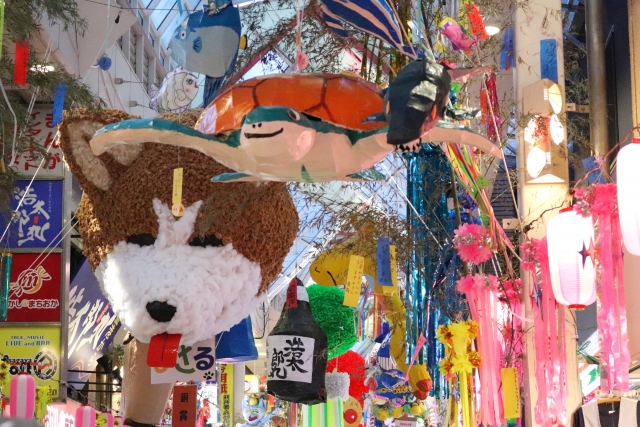
3. Hiratsuka Tanabata Festival (Kanagawa, July 7-9)
The largest Tanabata festival near Tokyo erupts on the north side of Hiratsuka station in the early evening of three consecutive days early in July. There are around 500 colorful streamers and there’s a big dance parade. Also, there are around 400 food stalls with all kinds of traditional Japanese summer foods so if you were looking to try things like kakigori and yakisoba, this is a great spot to do so. It’s near Chigasaki Beach, so you can combine a visit to the festival with a beach day.
4. Kyo no Tanabata Festival (Kyoto, August)
The Tanabata festival in Kyoto is held along the riverbanks of the Hori and the Kamo rivers. It’s happening in the evening, and the fairytale-like illuminations are one of the main attractions. There is projection mapping art as well, and a yukata fashion show makes this a very fun festival to visit.
5. Tanabata at the Shukkei-en Garden (Hiroshima, early July)
In Hiroshima, they do special illuminations for Tanabata every year in the first week of July. This beautiful traditional Japanese garden looks like the Milky Way in the evening, so be sure not to miss this view if you are in the area.
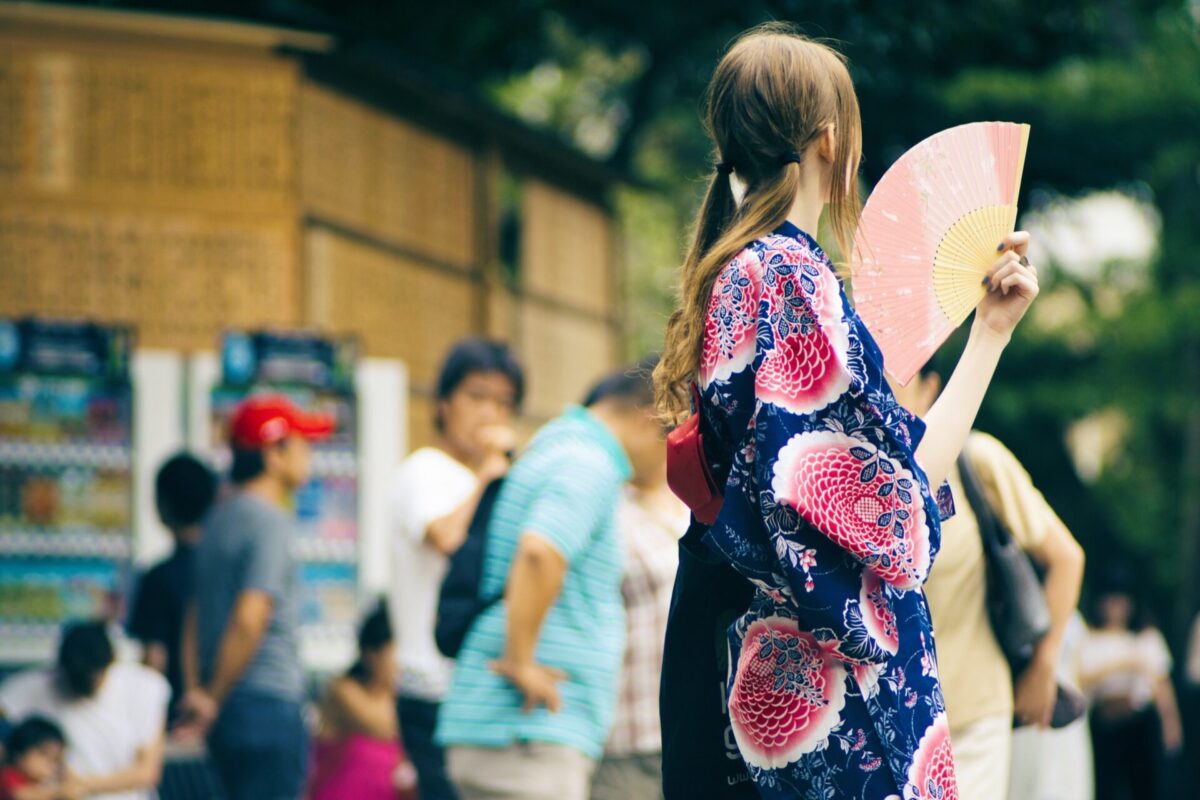
As you can see, summertime can be an exciting time to travel to Japan. Besides Tanabata, many other festivals take place in the summer. Although it does get hot during the day, the atmosphere is nice and the people are happy outdoors. It is a great time to come and discover Japan!
Japan Wonder Travel Tours
Japan Wonder Travel is a travel agency that offers guided tours throughout Japan.
From private walking tours to delicious Food and Drink tours, we can help you organize the best tours just for you! If you want to explore Japan and learn more about the history and backstories of each area you are visiting, our knowledgeable and friendly English speaking guides will happily take you to the best spots!
In addition, we can provide you with any assistance you may need for your upcoming trip to Japan, so please feel free to contact us if you have any questions or need some help!
▶Tokyo Tsukiji Fish Market Food and Drink Tour
Explore the most lively and popular fish market in Tokyo and try some of the local’s favorite street foods and sake with one of our friendly and knowledgeable English speaking guides!

▶Tokyo 1–Day Highlights Private Walking Tour (8 Hours)
There’s no better way to explore an area than taking a tour with a knowledgeable local guide. You will have the chance to learn about the history and interesting background stories of Tokyo, as well as discover some hidden gems which can be hard to do without a guide.

▶Mt. Fuji Day Trip Bus Tour from Tokyo
Experience the breathtaking views of Mt. Fuji by visiting the highlights of the area on our guided sightseeing bus tour! Departing from Shinjuku in central Tokyo, you can travel comfortably to all of the best spots in the area by bus.

▶Kyoto Private Full Day Walking Tour
On this full-day private tour of Kyoto, you will be able to see the highlights of Kyoto in just one day and at the same time develop a deeper understanding of both the culture of the area and Japan as a whole.
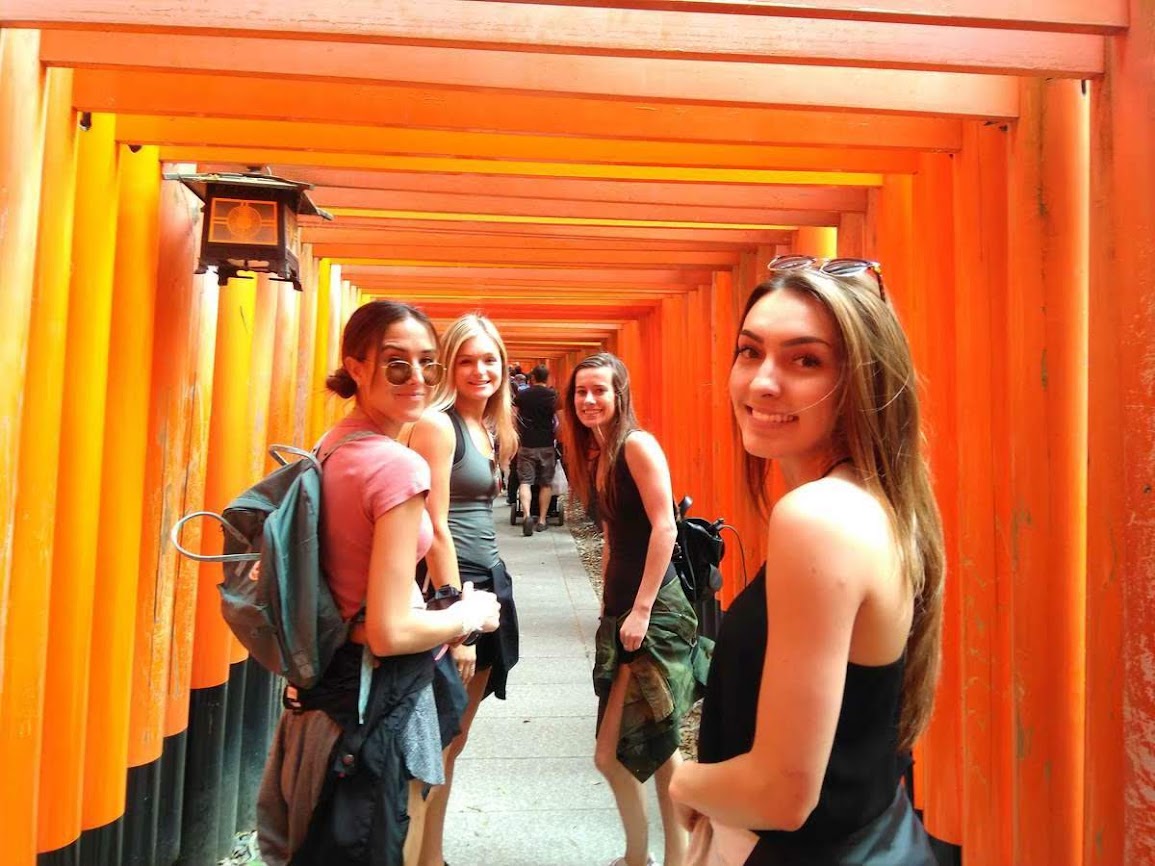
Follow us on Instagram, Facebook and Twitter for more travel inspiration. Or tag us to get featured!
Happy travelling!
Stay informed of the best travel tips to Japan, the most exciting things to do and see, and the top experiences to have with the Japan Wonder Travel Newsletter. Every week we will introduce you to our latest content.
